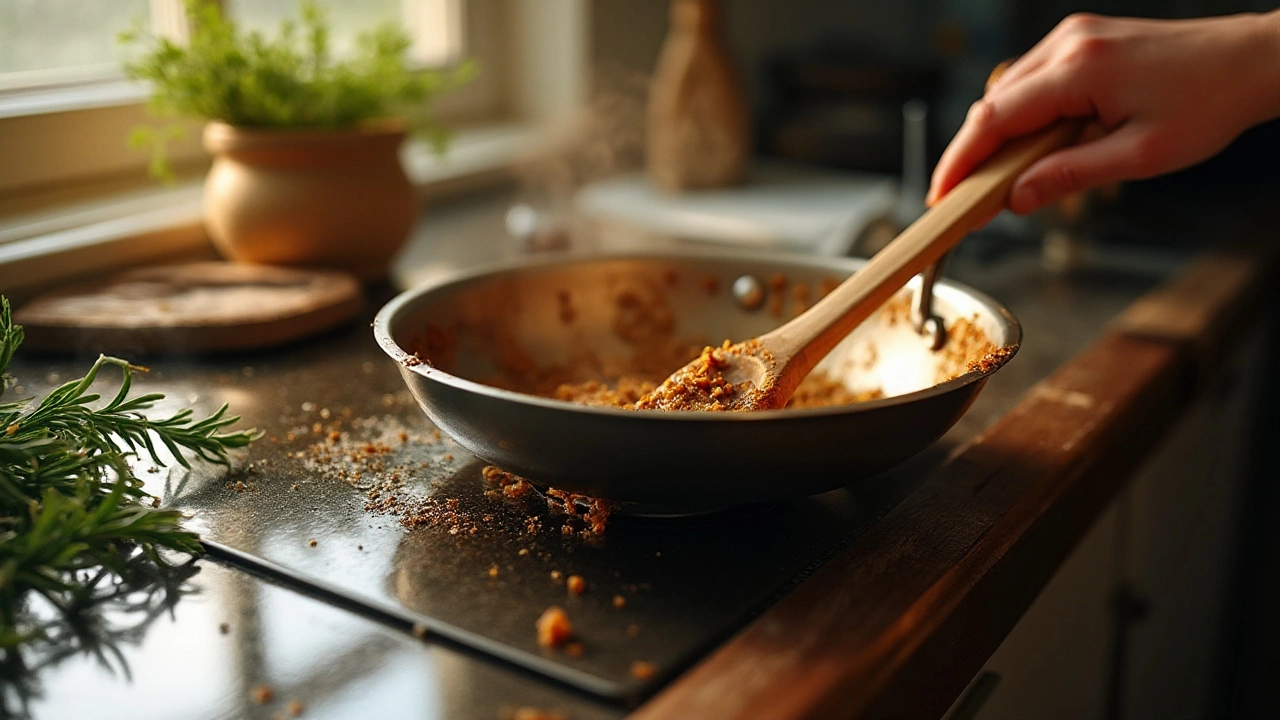Eco-Friendly Cooking Tips for a Greener Kitchen
Want to make your meals better for the planet without turning cooking into a chore? You can start right now with a handful of easy changes. Little tweaks to how you shop, prep, and cook can slash waste, lower energy bills, and still taste great. Let’s walk through the most useful tricks you can add to your routine today.
Save Energy While Cooking
First up, think about the heat you’re using. A lid on a pot can cut cooking time by up to 30%, so you’ll use less gas or electricity. When you can, match the pan size to the burner – a tiny saucepan on a huge burner wastes heat. If you have a pressure cooker, use it for beans, lentils, or tough veggies; it cooks in a fraction of the time and uses far less energy.
Try batch cooking on low heat. Bringing a pot of soup to a gentle simmer instead of a rolling boil saves fuel and keeps flavors richer. Using the oven’s residual heat for a few extra minutes after you turn it off is another free boost. And don’t forget the microwave for reheating small portions – it’s the most energy‑efficient appliance for quick jobs.
Reduce Food Waste
Waste is the biggest hidden cost in most kitchens. Start by planning meals a week ahead. Write down exactly what you need, then shop with a list. That way you avoid impulse buys that end up in the bin.
When you bring groceries home, store them right away. Herbs in a glass of water, leafy greens in a damp paper towel, and bananas in a cool drawer all stay fresh longer. If something does start to wilt, turn it into a soup, stir‑fry, or smoothie – you’re still getting nutrition without tossing it.
Use every part of your produce. Carrot tops make a tasty pesto, and broccoli stems can be sliced thin for a crunchy salad. Save vegetable scraps in a freezer bag; they make a free stock for future soups or sauces.
Another simple hack: keep a “leftover night” on the calendar. Cook a bigger batch on Sunday, then repurpose the leftovers for lunches or new dinners mid‑week. It cuts cooking time and keeps your fridge from overflowing with single‑serve containers.
Finally, think about the packaging you bring home. Choose bulk bins for nuts, grains, and spices. Bring reusable jars and bags to avoid single‑use plastics. The less packaging you open, the less you have to throw away.
Putting these tips into practice doesn’t require a kitchen overhaul. Start with one or two changes and build from there. You’ll notice lower utility bills, a slimmer waste bin, and meals that feel a bit more thoughtful. Cooking green is really just cooking smarter – and the planet (and your wallet) will thank you.
-

Understanding Fond: The Flavorful Brown Bits at the Bottom of Your Pan
Discover the secret of fond – the delicious, brown bits that transform everyday dishes into culinary masterpieces. You'll learn how these remnants are formed during cooking, their importance in intensifying flavors, and methods to incorporate them into your recipes for mouth-watering results. Equipped with handy tips, see your kitchen prowess soar as you unlock the full potential of fond.
